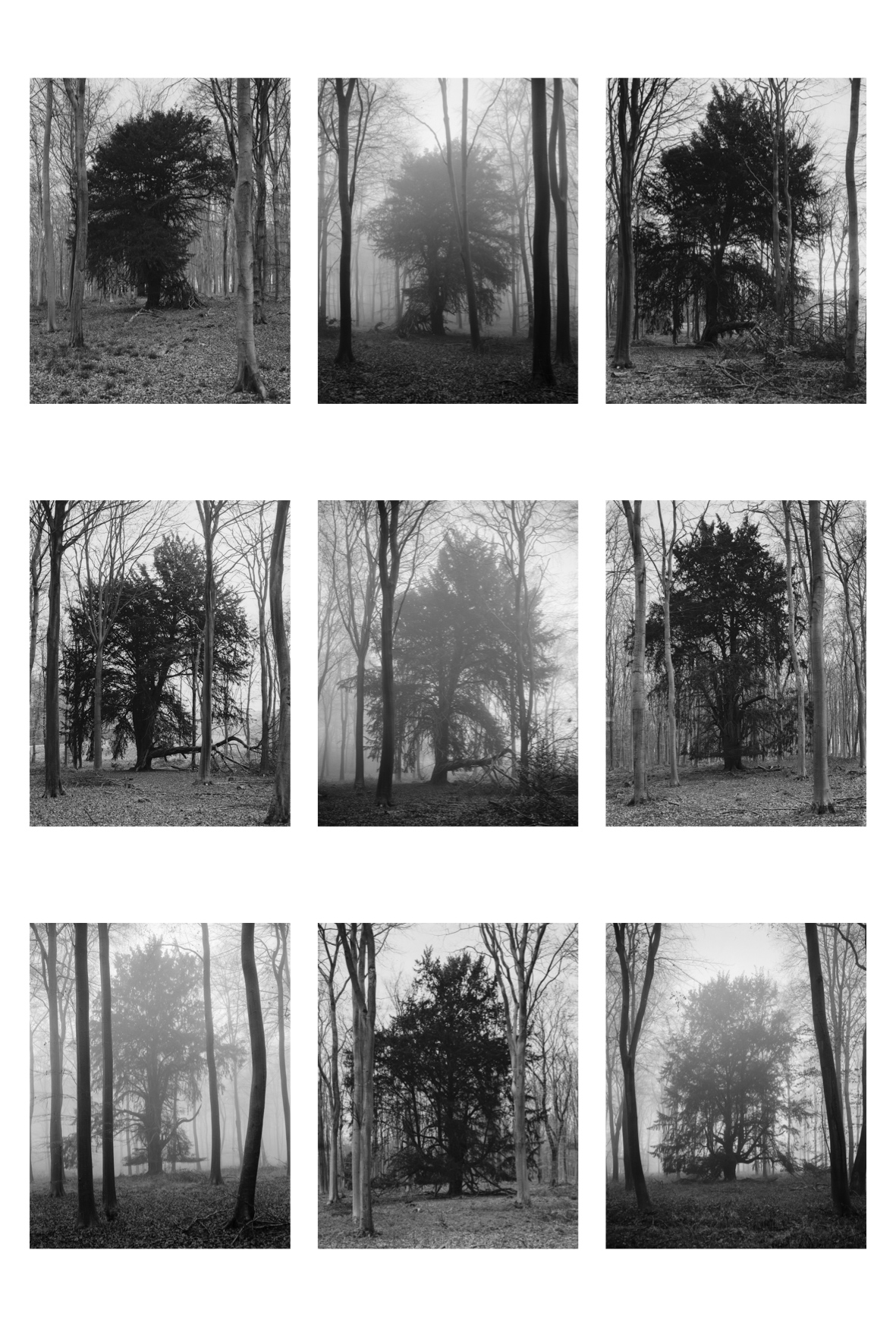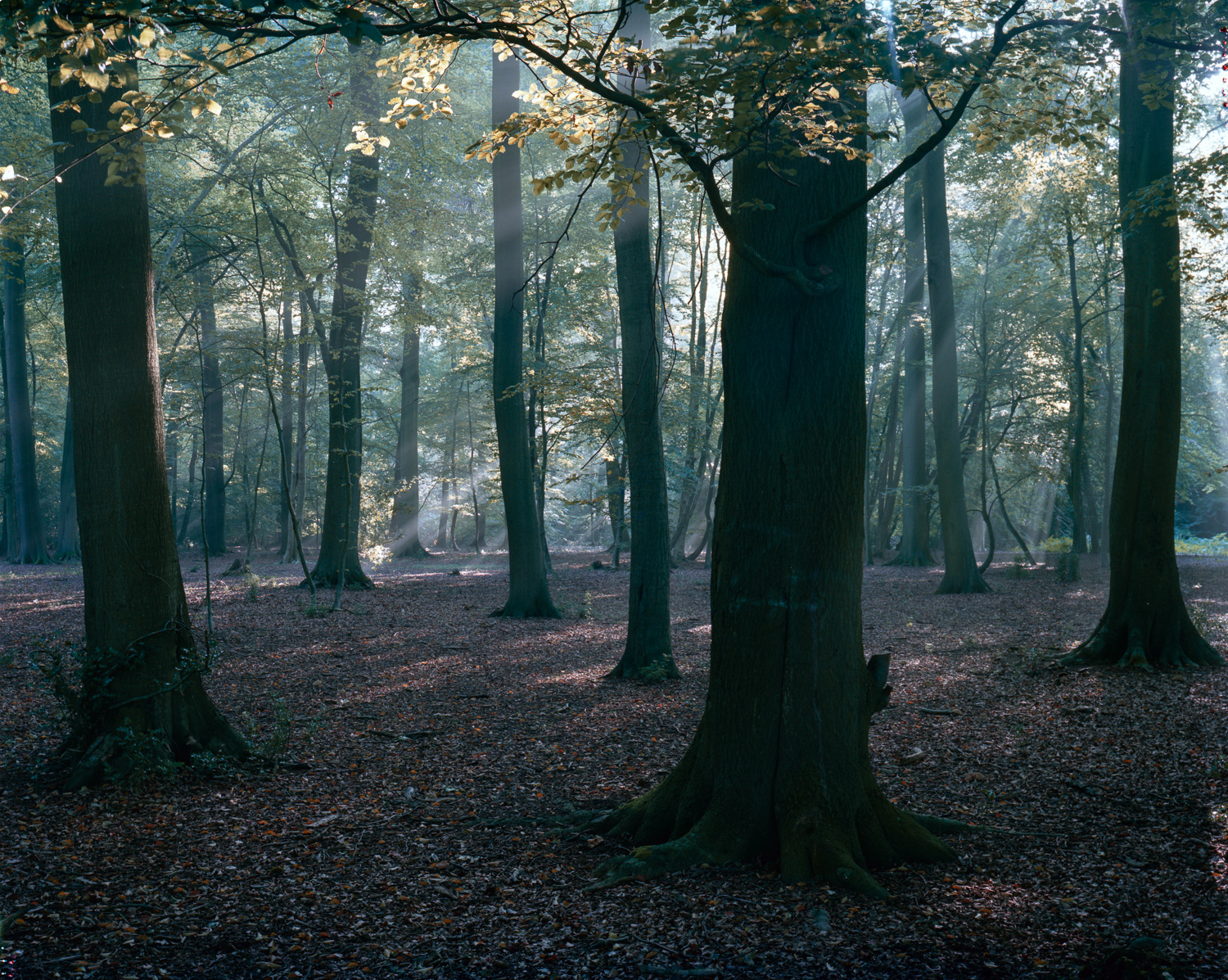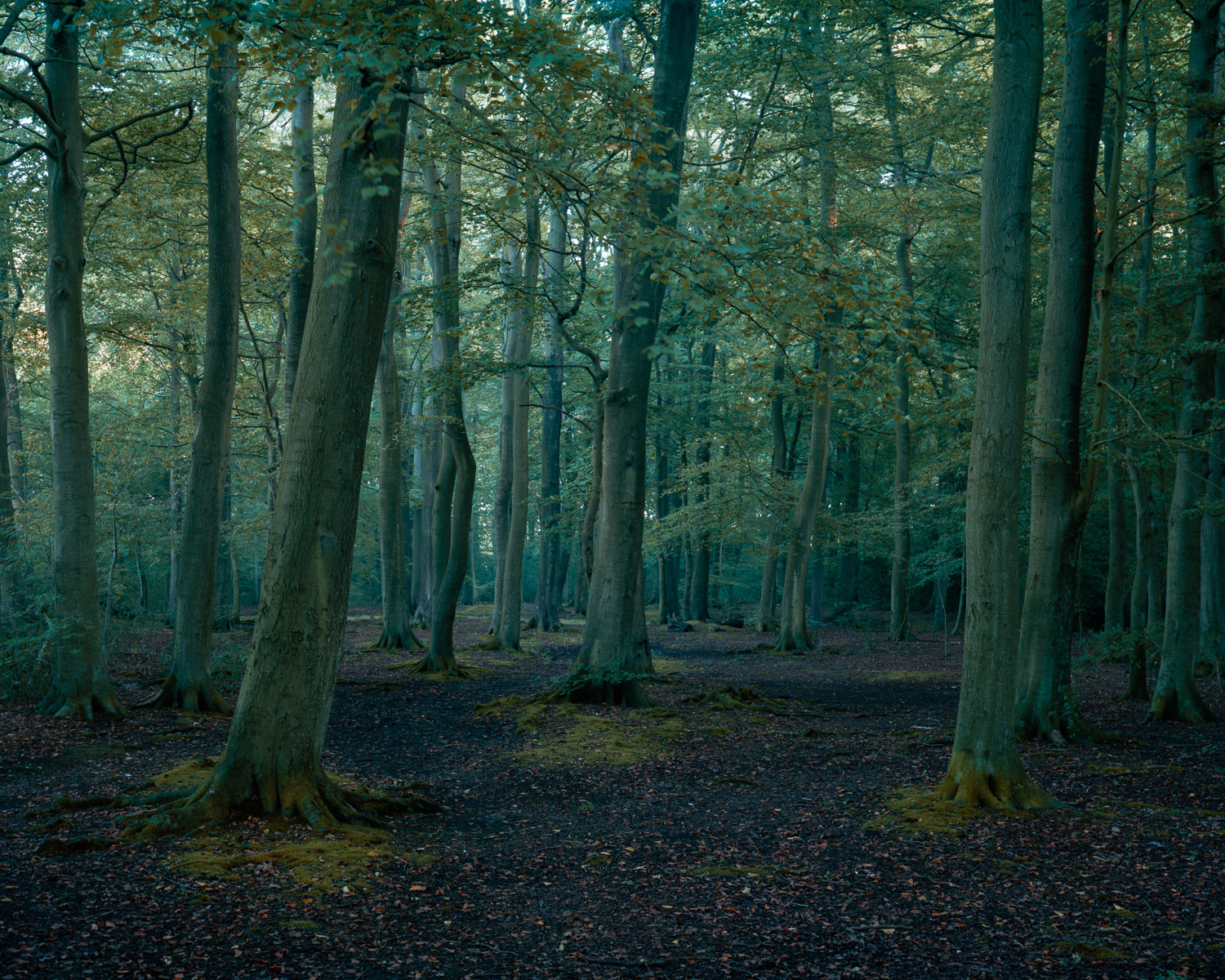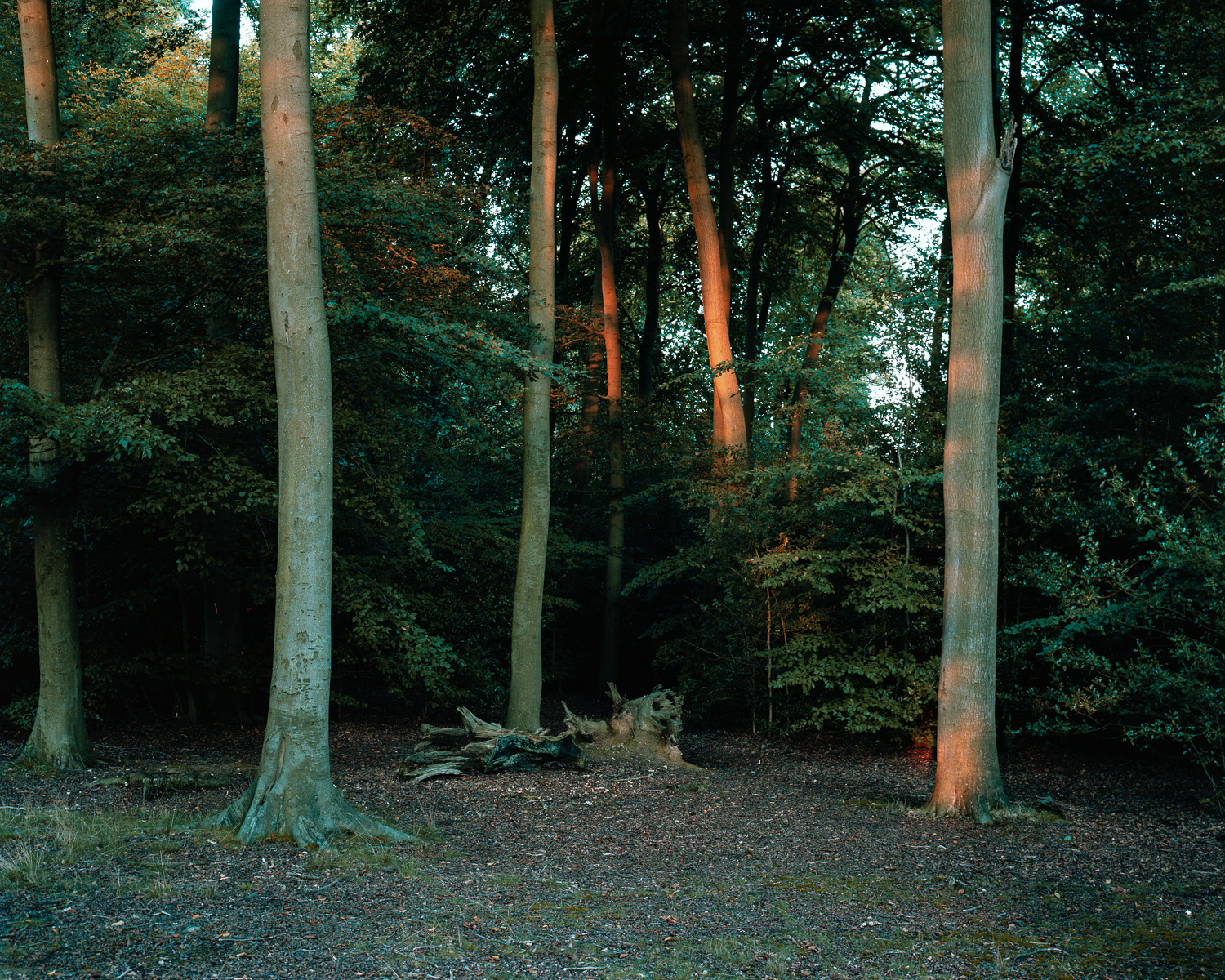
Taxus Baccata
Silhouettes ruling over their kin – Voluminous shadows breaking through the mist, Like abandoned ships cruising a woody sea. In isolation, defining their orbit – Interstellar black holes, consuming light, From a bleached-out sky.
Near immortality lends to the exit door of a church, A spirit more real than any Christian myth. The chapel is orientated around it, Deferring to a power and status as witness, To the folly of civilizations over five millennia.
The connection with eternal life doesn’t end there – Twisted, contorted boughs suggest internal pain, Imprint memento mori of undead beings – Hallucinations of Hydra, Gorgon and Frankenstein, Course through sticky sap like blood, Reddening the bark in winter.
For hundreds of years these knotted fibres defended this Isle, Bending over archers’ backs, straining against sinew, As volley after volley were released at the enemy, Whomever they were, whatever century, For these conflicts are like the gentle breath of summer, Through poisoned, pointed needles.
Images and text © DJNorwood (in isolation) May 2020





